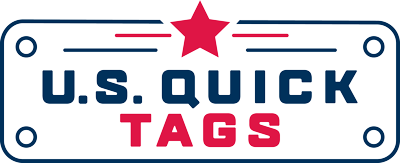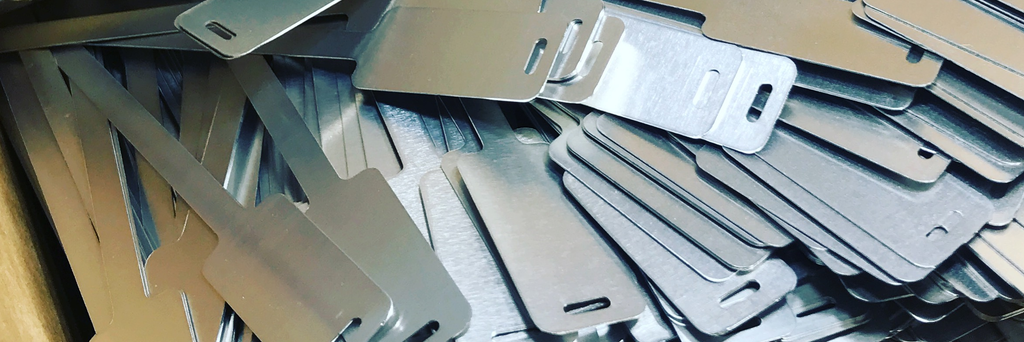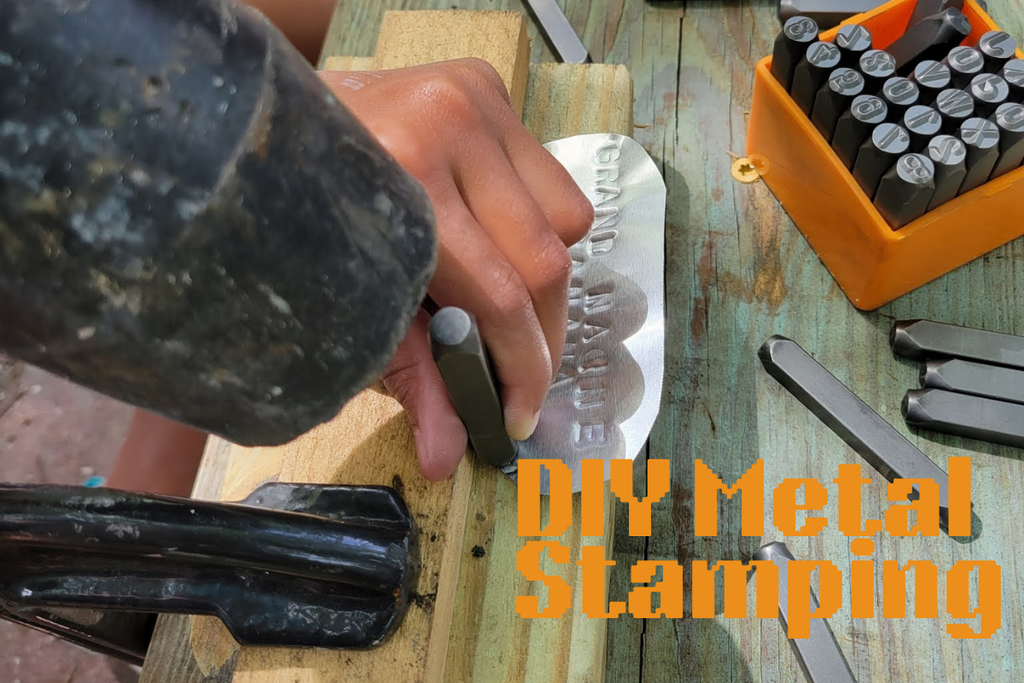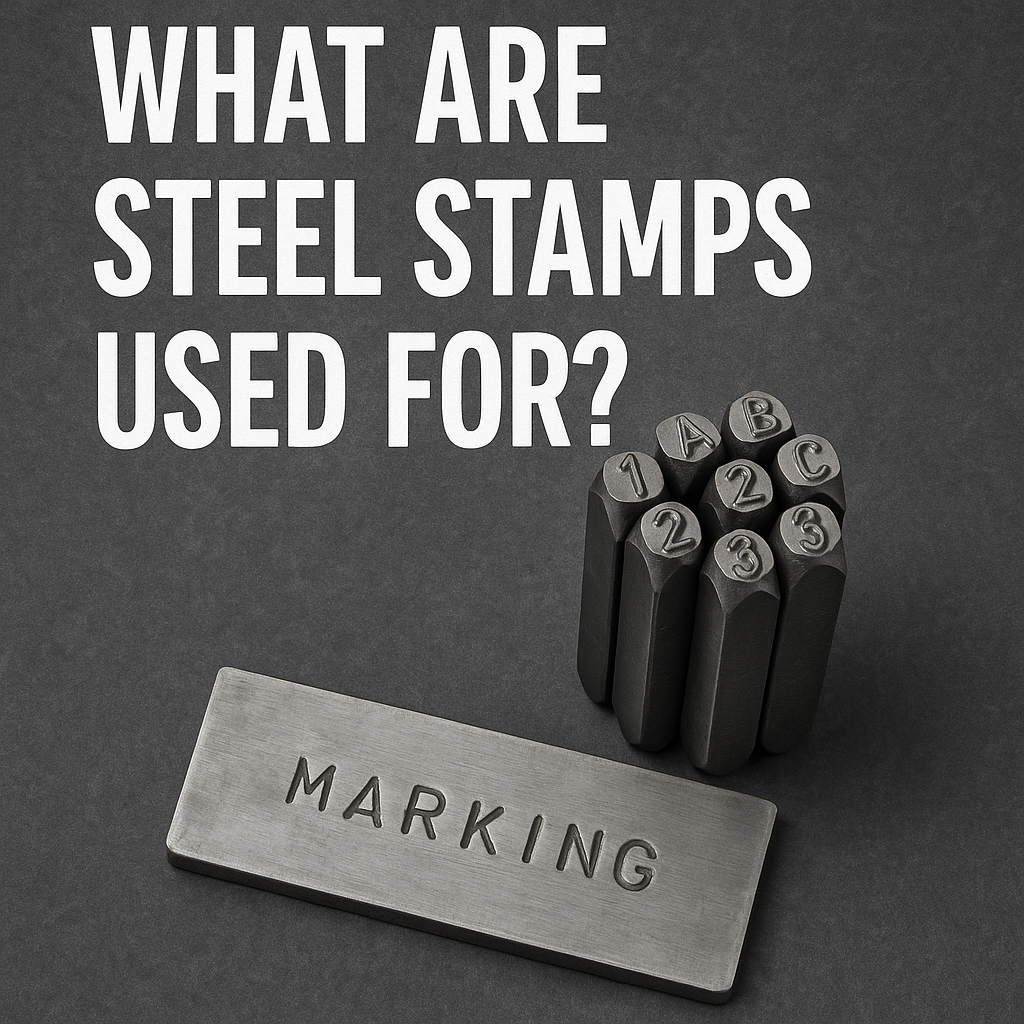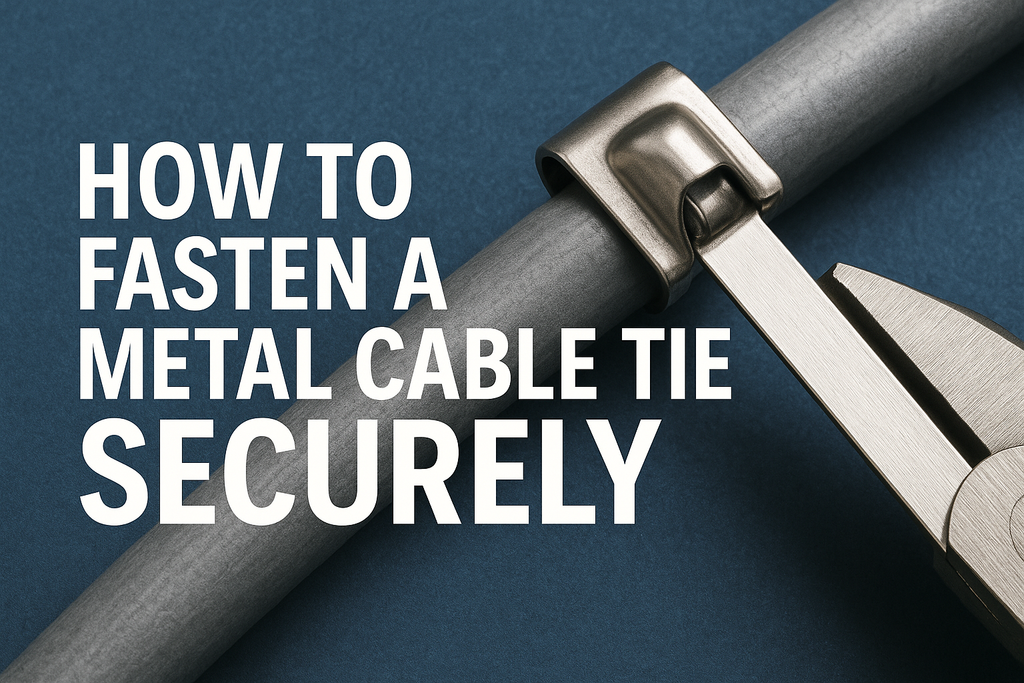How to Select the Right Cable Tie for Your Application
- USQuickBlogs
- 21 Feb, 2020
What Are Cable Ties?
Cable ties are made with a slotted body and an extended end called a tail. This allows the tag to be wrapped around an item. The tail is pushed through the slot and is bent over itself to hold it in place.
Blank cable ties allow users to mark information on-site as needed reducing lead-time and allowing quick and easy identification.
How Will the Ties Be Used?
The biggest factor in selecting any form of metal identification tags is understanding your application. In other words, what are you going to use the tags for?
Cable ties are often used to mark hydraulic hoses, pipes, harness cables, wires and much more.
They can be pre-stamped or embossed with constant data, or can be hand stamped on site for information on an as needed basis.
Wrapping your tie around a 6” diameter pipe outdoors is different than bundling a few wires indoors. Knowing your application is half the battle.
Choosing the Right Material
Cable ties can be produced using a variety of metal materials. Selecting the right material can make the difference between an effective solution, and a failed one.
Aluminum is the most common style of cable ties. Aluminum is easier to handle, making it easy for any worker to bend and apply the tags. The softer properties of aluminum makes them safer to handle preventing any potential scratches or cuts.
Another popular option, stainless steel is highly durable. Often preferred in rough environments, or especially when harsh chemicals are involved. Stainless steel is harder to bend by hand, so gloves are recommended. Be sure to use a thinner stainless steel material to allow for easier application.

Although not used as often due to the increased cost of material, brass is an effective cable tie material. Primarily used in some electrical, and water heavy applications, the material is very versatile.
Brass provides a bright finish making the cable ties easy to see, however the material will tarnish over time. In comparison, brass ties are easier to handle then stainless, but more difficult than aluminum.
Size Selection
The first step in determining cable tie size is to determine the overall Length (OAL) you need. This is done by finding the circumference of your hose/pipe. If you don’t know the circumference, measure the diameter and multiply it by 3.14.
For the best OAL this answer should be the distance from the middle of the slot, to the middle of the tail. This will allow for the most optimal tolerance in the pipe, coatings, and other factors that may affect the actual dimensions of your products.
If you are using a wide range of different size pipes, you may not want to purchase a different size cable tie for each different size. In this case, the best solution is to look at the smallest and largest sizes. Then find a cable tie that has a long enough tail to accommodate the entire range.
This will allow you to apply one cable tie to all sizes and then simply cut off the remaining tail if the tie is too long.
If you need marking on the tags, or if you are going to be marking these in house, you may need a “body” or “head” on the cable ties. Some organizations choose to mark directly on the tail if the information is small enough, but a body can make it easier to find the marking quickly.
Unfortunately, knowing what body will work best for you is not as simple as the length. To determine this, you will need to know what information you want on the tags, minimum character sizes, and if you are able to split the information into multiple lines.
Sometimes restrictions can affect the best solution, as some cable ties are fixed, so you have to find a combination of the best length that will work for your application, and provide enough room to make the markings you want to apply.
There is a wide range of applications for cable ties, and overall length, body size and tail size can all be a crucial consideration to account for. If you have concerns, we will be glad to help you through your process.
Wrap-Up
Selecting the right cable tie sizing might seem daunting at first, but it really boils down to a few key factors.
Know your application, and how durable you need the ties. Figuring out the rest is as simple as measuring.
